How To Add Texture To Pickleball Paddle? Master Your Game!
Follow this simple method using grip tape-
- Clean the paddle with rubbing alcohol and a cloth.
- Cut and apply grip tape.
- Customize texture by adjusting the grip tape.
- Test on the court.
Various techniques, including grip tape, spray-on traction, and more, are useful as well.
Here, you’ve seen the steps to add texture to your pickleball paddle. For further info about them, delve into the article along with me.
Beginners Guide To Add Texture To Pickleball Paddle
Let me start with a beginner-friendly guide to help you add texture to your paddle.
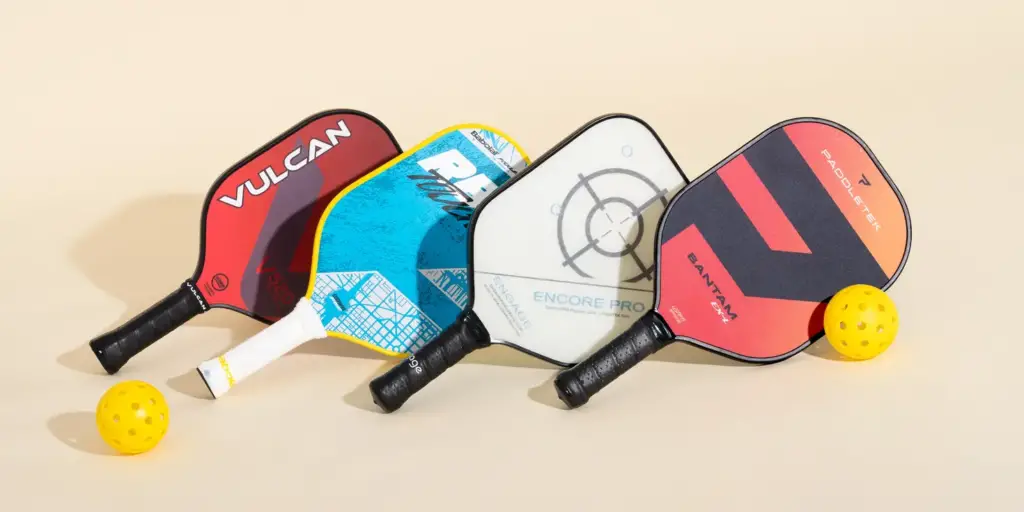
Required Materials:
You’ll need the following materials-
- Grip tape or any chosen texture material
- Scissors
- Rubbing alcohol
- Clean cloth
Procedure:
Step 1: Prepare the Paddle
Clean the paddle’s surface using rubbing alcohol and a clean cloth to remove any dirt or residue.
Step 2: Cut and Apply Grip Tape
Cut the grip tape into strips or pieces, depending on your preferred texture level. Apply the grip tape to the paddle’s hitting surface, ensuring it’s smooth and without air bubbles.
Step 3: Customize Texture
You can add more or less grip tape to customize the texture to your liking. Remember, more texture offers more weight and grip, which ensures better control and spin.
Step 4: Test and Adjust
Take your newly textured paddle for a spin on the court. Feel how it affects your shots. If needed, make adjustments by adding or removing grip tape until you find the perfect balance.
Grip tape is a preferred choice among pickleball players for enhancing the texture of the paddle handle. It is easy to apply and provides players with the flexibility to customize the grip’s thickness and texture level.
How Professionals Add Texture To Pickleball Paddle
Ben Johns, a renowned professional pickleball player, provides an excellent example of adding texture to the pickleball paddle.
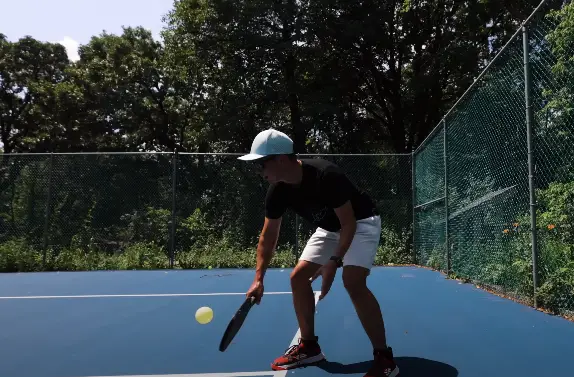
Ben’s Approach:
- Ben also uses grip tape that he carefully applies to his paddle handle. He wraps it precisely to achieve the desired grip and comfort level.
- Then he employs a lead tape custom coating that combines the rubberized paint and fine-grit sanding. This coating allows him to generate immense spin on the ball, making his shots highly unpredictable and challenging for opponents.
- After each game, he inspects the paddle’s surface for any signs of wear. Again, promptly reapplies the custom coating as needed.
Different Methods Of Adding Texture To Pickleball Paddle
Let’s explore other popular methods of adding texture to a pickleball paddle in more detail.
Spray-On Traction:
Spray-on traction products offer a quick and convenient way to improve the texture of your paddle. These sprays are designed to adhere to the paddle’s surface, creating a textured layer that enhances grip.
Players can apply multiple layers of spray to achieve their desired level of texture. If adjustments are needed or if the texture becomes too aggressive, it can be removed using rubbing alcohol.
Sandpaper:
Fine-grit sandpaper can be used to create a rough surface on your pickleball paddle. This method allows players to achieve a textured grip that provides better control and spin.
However, it’s essential to exercise caution and avoid over-sanding, as this can result in an excessively aggressive texture.
Silicone Adhesive:
Applying silicone adhesive to the paddle’s surface and lightly sanding it can create a durable and textured grip.
This method offers not only improved grip but also enhanced control during gameplay.
Etching:
Etching involves using a rotary tool with a fine-grit sanding bit to create a textured pattern on the paddle’s surface.
This method not only adds texture for better grip but also adds a unique aesthetic element to your paddle.
Rubber Cement:
This method includes applying a thin layer of rubber cement to the surface and allowing it to dry. It creates a textured surface that enhances grip and control.
This method is relatively simple and can be effective in improving paddle texture.
Soldering Iron:
A soldering iron can be used to create small dots or lines on the paddle’s surface. The dots or lines add texture, which in turn enhances ball control during play.
Stippling:
Stippling involves creating small dots on the paddle’s surface using a pointed tool like a pen or pencil.
This technique enhances grip and control, giving players better command over their shots.
Grip-Enhancing Products:
There are various grip-enhancing products available in the market, including sprays, wipes, and gloves specifically designed for pickleball paddles.
These products are convenient and can quickly add texture to improve your hold on the paddle.
Carbon Fiber Reinforcement:
Adding a layer of carbon fiber to the paddle’s surface can enhance texture and also improve overall control and grip. This method is also popular among players looking for a balance between texture and durability.
These methods offered me a range of options to customize my paddle’s texture to suit my playing style and preferences. You can choose yours as well.
If you have Lateral Epicondylitis disease or related diseases, don’t go for normal paddles. I suggest that you pick the best pickleball paddles for your tennis elbow.
Pros And Cons Of Adding Texture
Let’s weigh the pros and cons of adding texture to the pickleball paddle according to what I found out.
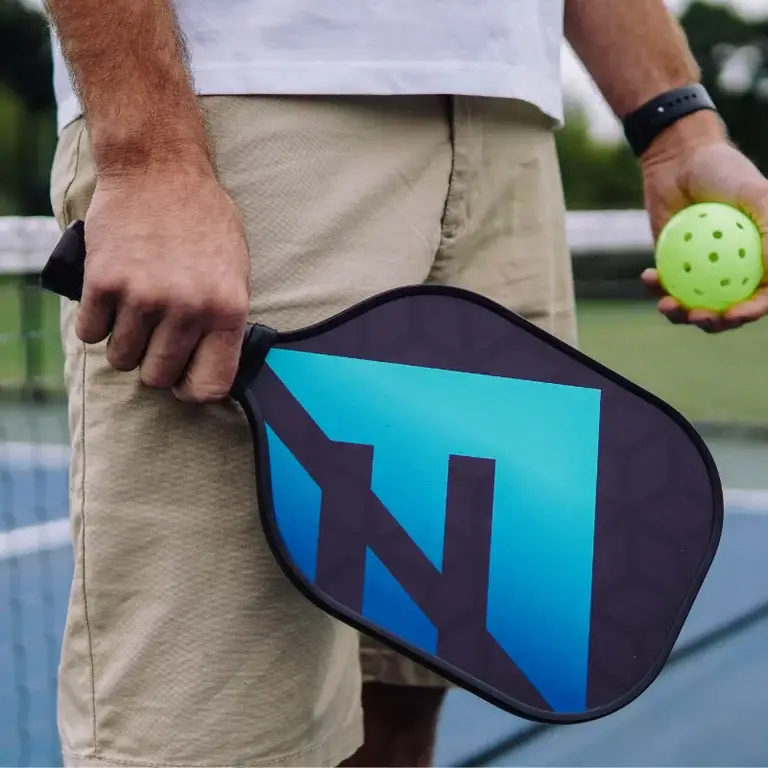
Advantages:
- Better grip and control.
- Increased spin on the ball.
- Improved overall performance.
- Enhanced comfort and confidence on the court.
- Customization to match your playing style.
Disadvantages:
- May slightly reduce shot speed due to increased friction.
- Some methods require maintenance to retain texture.
- Permanent modification of the paddle in some cases.
- Texture preferences vary among players.
Cautions On Legality: According To the USAPA Rule Book
According to the USAPA Rule Book, It’s essential to ensure that any texture modifications you make comply with the rules. Especially if you plan to participate in official tournaments, be mindful of the following rules.
- The surface should not have features that excessively spin the ball.
- Paddle dimensions must adhere to specific standards.
- Any writing or pictures on the paddle should be in good taste.
- Prohibited alterations include textures that could alter the ball’s trajectory, among others.
In case you want to practice for your tournaments, I recommend joining Pickleball Backyard. Here you can choose the time on your own, any day of the year. Also, you won’t even have to wait for your court time.
| Product | Features |
| Pickleball Backyard | Play Anytime! – 24 / 7 / 365Unlimited Reserved PlayNo Waiting For A Court |
Nonetheless, while choosing your pickleball paddle for this, I’ll ask you to make sure it is not delaminated. However, if you do not know how to identify a delaminated pickleball paddle, you can look it up as a precaution.
Conclusion
Now, you know how to add texture to your pickleball paddle.
Whether you choose a beginner’s approach or explore advanced methods, customizing your paddle’s texture can lead to improvement in your gameplay. Just remember to follow USAPA rules to ensure fair play, and have a blast on the pickleball court!

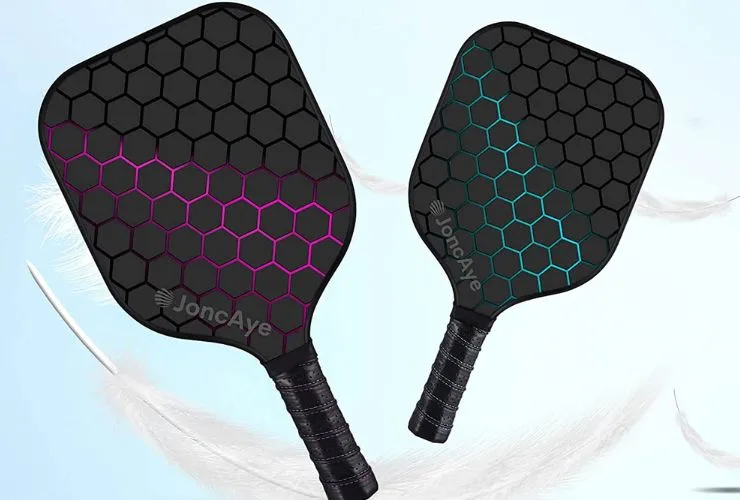
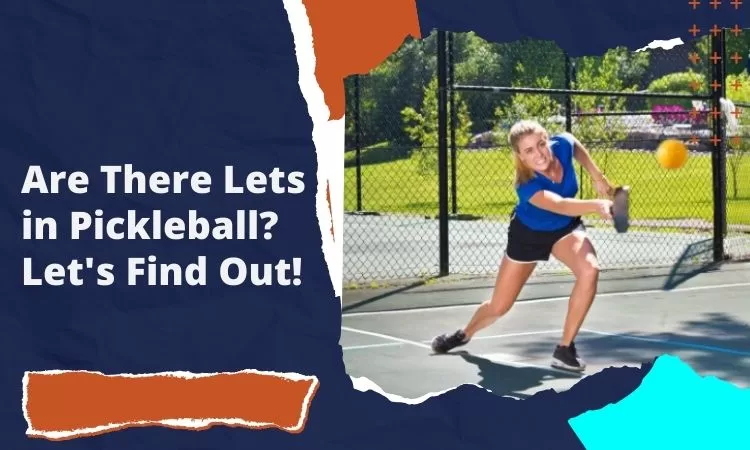

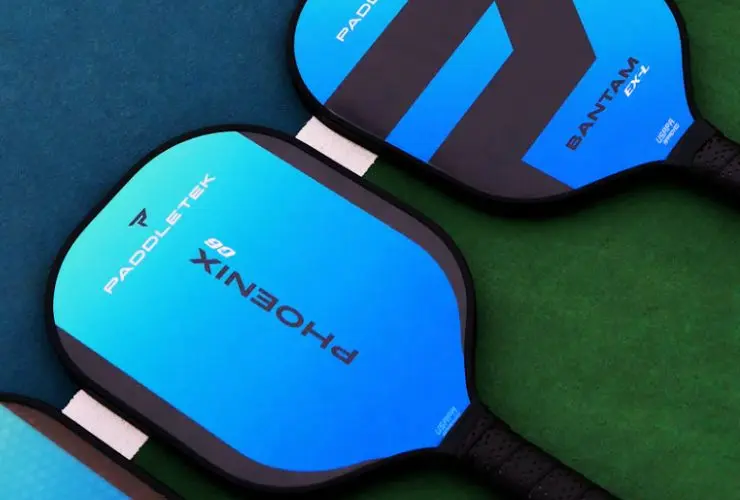
![Should You Play Pickleball with Tennis Elbow?[Answered]](https://pickleballyard.com/wp-content/uploads/2023/05/Should-You-Play-Pickleball-with-Tennis-Elbow-jpg.webp)
![What Drills Can I Practice with a Pickleball Machine?[Answered]](https://pickleballyard.com/wp-content/uploads/2023/06/What-Drills-Can-I-Practice-with-a-Pickleball-Machine-jpg.webp)